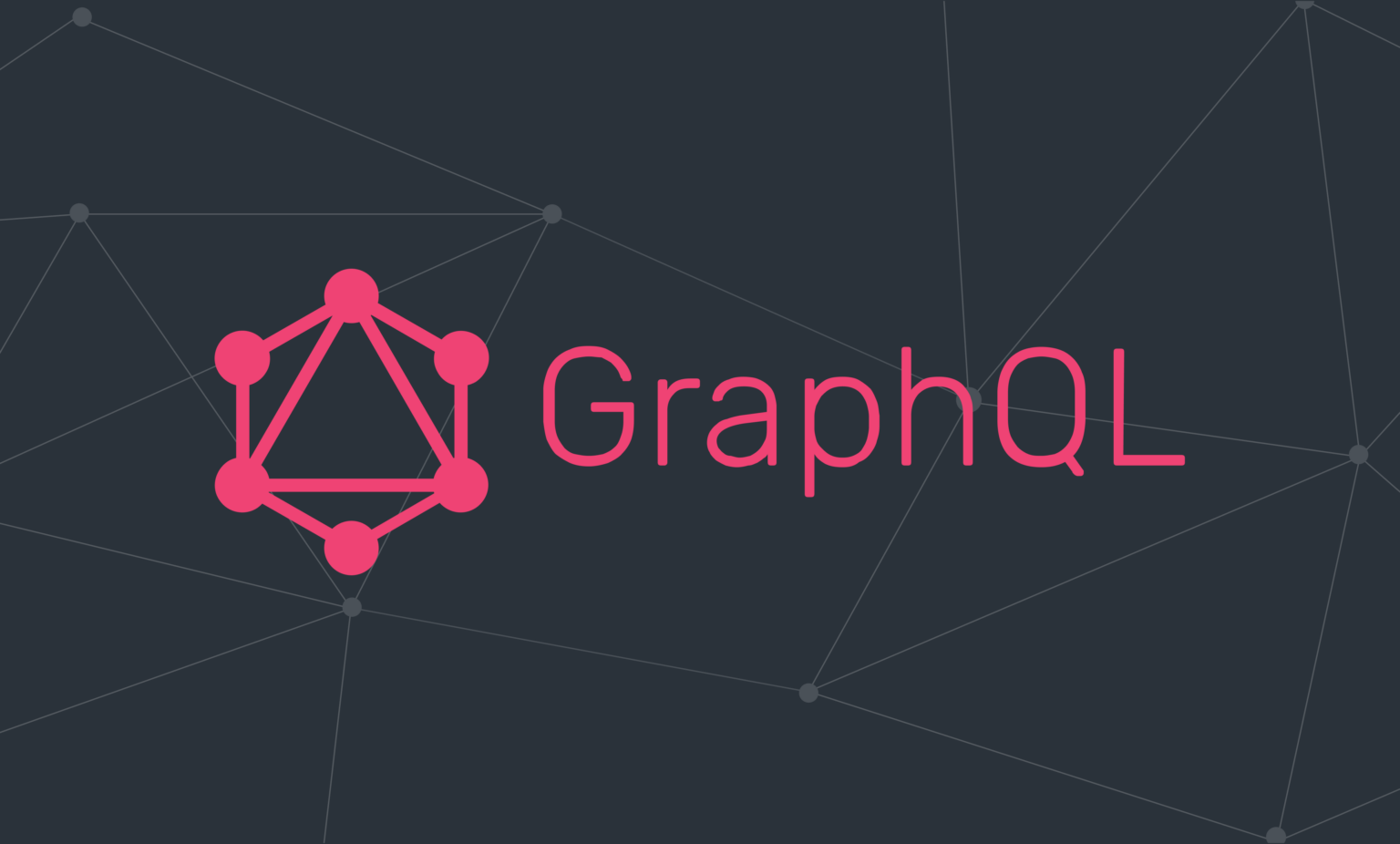
Getting to Know GraphQL
Preface
When developing any application, the developer needs to think in advance about the architecture of its API. What choice does the developer have in this case? For example, he can choose REST, he can get by with GRPC, or he can opt for a new technology called GraphQL. The latest technology will appeal to those who actively integrate blockchain tools into their project activities. We will not reveal any secrets if we say that one of the most painful problems for such developers is the problem regarded to the quick and easy access to the necessary data in the blockchain network. In this situation, the absolute way out of the problem is the ability to use graphql blockchain solutions, both independently and as a service.
Attractiveness of GraphQL
In fact, the market for modern IT solutions looks quite peculiar. Not many users yet know about when GraphQL can be used. Moreover, there is a fairly widespread opinion that GraphQL is just an ordinary database. In fact, GraphQL is a new level of abstraction, since it is a language for API requests, as well as a system for parsing these requests and further combining them with the necessary data. What is so attractive about GraphQL? Its advantage is that it allows the user to request from servers only the data that he needs. Why this has become a clear advantage can be seen by comparing GraphQL with REST API. Anyone who has worked with this tool knows that the main problem with REST is that after a request, it receives a large amount of information that is unnecessary for the user XCV Panel.
Many experts say that comparing REST with GraphQL is incorrect, since REST is an architecture for how to build applications, and GraphQL is a syntax for describing how data is requested. In addition, do not forget that GraphQL was created by Facebook, which operates with large volumes of data, and therefore was an ideal solution for it. If users work with a small amount of information, then the use of this technology may not make any sense for them .
REST principles
Let’s analyze how the client-server relationship is implemented using various tools to obtain data. Let’s start with REST technology and immediately clarify that a server can be considered RESTful if it complies with the neprinciples of REST.
1) Statelessness principle means that the server should not remember the user’s state between requests. Information that identifies the user and all necessary parameters are transmitted in each request, and the information itself is independent of calls that were made previously.
2) The Layered System principle means that on the server, both the code and all interacting components inside the module are divided into separate components, each of which performs its own task.
3) The Single Unified Software Interface principle implies the convenience of communication between the client and the server, regardless of the complexity of the server’s internal logic.
4) The Cacheable principle means that for a certain period of time the server’s response can be used without making a repeated request to it.
5) The Convenient Data Presentation principle means that data is transmitted in JSON or XML format.
GraphQL vs. REST
Let us recall that initially the REST architecture was invented as a superstructure over HTTP, to complement it and correspond to everything that is used in HTTP. And before the advent of REST, a simple object access protocol was used – SOAP. It was based on remote procedure call (RPC), and was its extension. Despite many undoubted advantages, REST still has some “pain points”. Dissatisfaction, first of all, is caused by the fact that it is often necessary to make several complementary requests in order to achieve one desired response, i.e., figuratively speaking, the client has to redefine the server logic. The GraphQL technology helps to solve such problems. When using GraphQL technology, the client determines himself in what format he wants to receive the data. Unlike REST, which has several endpoints, GraphQL has just one endpoint to which all requests go. The work of GraphQL is based on four important components: query, the endpoint to which this request is sent, schema, which describes the types and structure of the data, and resolvers, which are responsible for where the required data needs to be obtained from XCV Panel.
Afterword
The advantages of GraphQL are:
– obtaining only the data that is necessary;
– obtaining several types of information within one request;
– accumulation of data from multiple sources.
At the same time, GraphQL also has its disadvantages. Its main disadvantage of GraphQL is that its use in some cases can significantly slow down the server. There is also an issue related to caching. And, as we mentioned above, the use of GraphQL is not a solution for absolutely every project, since for some projects it may turn out to be “redundant”.







